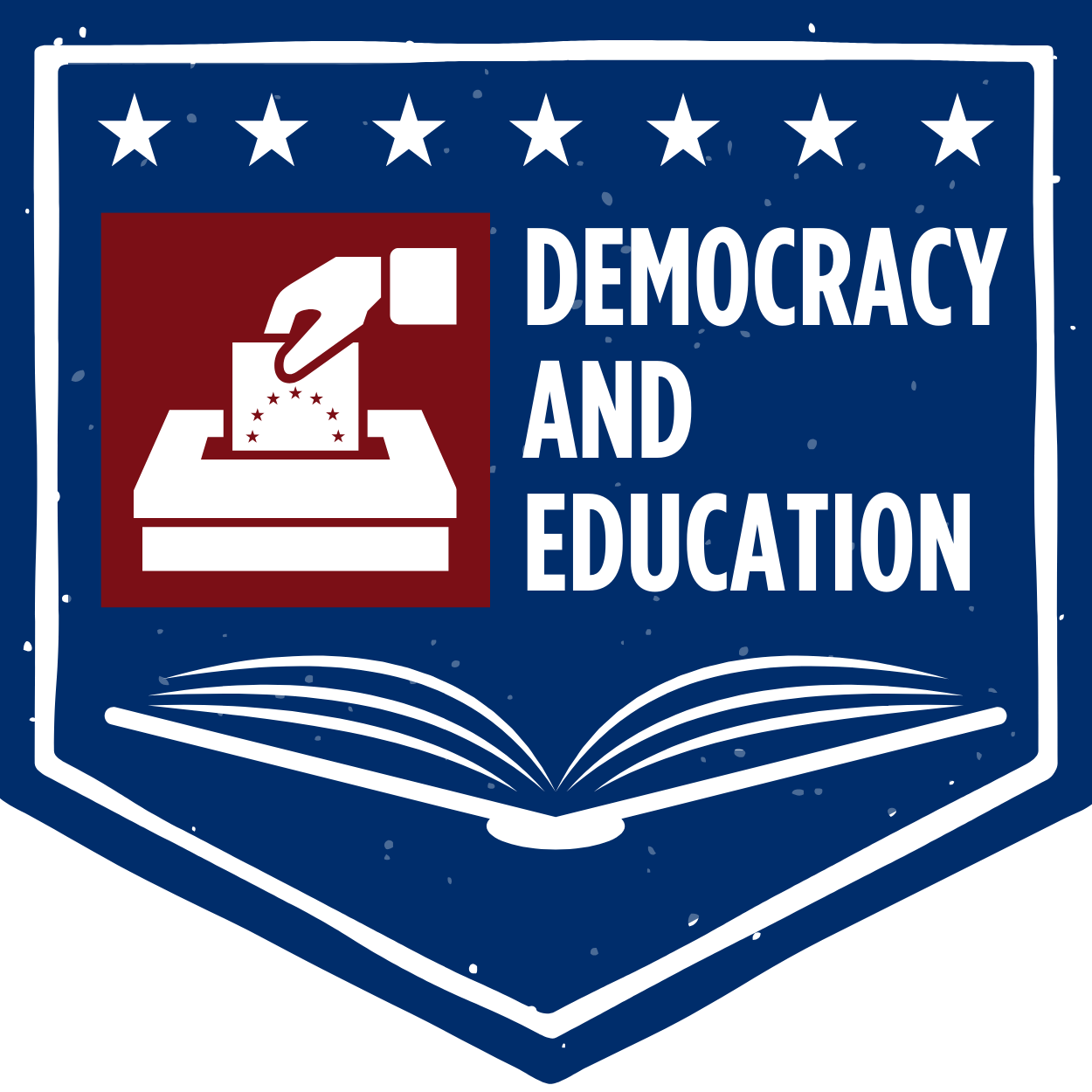Culturally Relevant Teaching
What School Board Candidates Need to Know
Photo by CDC from Unsplash
Overview
The term “culturally responsive teaching” or “culturally relevant pedagogy” was coined by education professor Gloria Ladson-Billings in 1995 as an aspiration for the field. In part because culturally responsive teaching shares initials, it has sometimes been confused with critical race theory.
Ladson-Billings was trying to reconcile the long history of African Americans seeking education with the fact that, on average, African American children were achieving at lower levels than white children and often characterized as antagonistic to school and academic achievement.
She sought out successful teachers of African American children in a town in California. The teachers had all been recommended by African American parents as excellent teachers; recommended by their principals; and their students scored at higher levels and with greater growth than their peers on a standardized test. Ladson-Billings observed the eight teachers over two years and then had them jointly observe videotapes of their lessons and talk through their practices.
What she observed was that the teachers had high expectations for all their students and built a community of learners in their classrooms in which students were expected to help each other and share their expertise. The teachers used different strategies and tactics, but they all made clear that they believed that students themselves brought important knowledge and skill to school, even as they still had more to learn. For example, one teacher had her students identify an area of expertise and then give a short talk to their classmates on it, eliciting lectures on babysitting, baseball, and other topics. In addition, the teachers arranged for ways for students to use their learning in reading, writing, and mathematics to help solve a problem faced by the school or the community such as planning a new playground.
The teachers also consciously looked for ways to ensure that their students saw positive representations of African Americans and others in their history and literature lessons. For example, when a student said that princesses were white and blond, one teacher read the class a story of an African princess.
Ladson-Billings termed what these successful educators did “culturally responsive,” and many educators have aspired to be culturally responsive ever since.
What to Look for in Your School District
Data: Look at achievement data broken out by student group. If there are big discrepancies, dig further and look for patterns. For example: Are some teachers or schools more successful with some student groups than others? What are they doing differently that others could learn from?
Curriculum: Look at the curriculum used by schools in your district to see if it helps students prepare for college, career, and civic life. (Pro tip: EdReports provides helpful reviews of most math and English Language Arts curricula being used in schools today. In a new report, it says most teachers they surveyed think the curricula they use are not aligned to their states’ standards and are not culturally sensitive. This means that many teachers say they are not being provided the right tools for the job they are being asked to do. The Knowledge Matters Campaign also provides helpful reviews of English language arts curricula.)
Note: School board members don’t choose curricula, teachers, or principals. Nor do they develop plans to address disparities. Their job is to hold the district responsible for addressing any disparities in achievement and ensuring all children are successful.
Stories: Talk with teachers. Do they think the curricula they are asked to use are culturally responsive and engage students? Talk with parents of all backgrounds. Are their children learning interesting things? Do the parents say they are treated with respect in the schools? Talk with students of all backgrounds: Do they feel respected and engaged in school? Talk with principals: What are their plans to address disparities? Do they have sufficient resources?
Possible Message to Voters
We know that students benefit when their teachers see them as capable and as bringing important knowledge with them. We also know they benefit from having teachers from different backgrounds and curricula that reflect both their experiences as well as the experiences of others. We need to make sure that children from all backgrounds find a welcome in our schools and are helped to achieve at high levels.
For More Information:
Gloria Ladson-Billings’ original article, “Toward a Theory of Culturally Relevant Pedagogy,” was published in 1995.
The third edition of Ladson-Billings’ book, which followed the article, The Dreamkeepers: Successful Teachers of African American Children, was published in June, 2022 and elaborates on her original findings.
Education Week explained What is Culturally Responsive Pedagogy in April, 2022.
Episode 1 Season 1 of the EdTrusted podcast, The Critical Race Theory Craze that’s Sweeping the Nation is an interview with Gloria Ladson-Billings, where she talks both about critical race theory and culturally responsive pedagogy.

